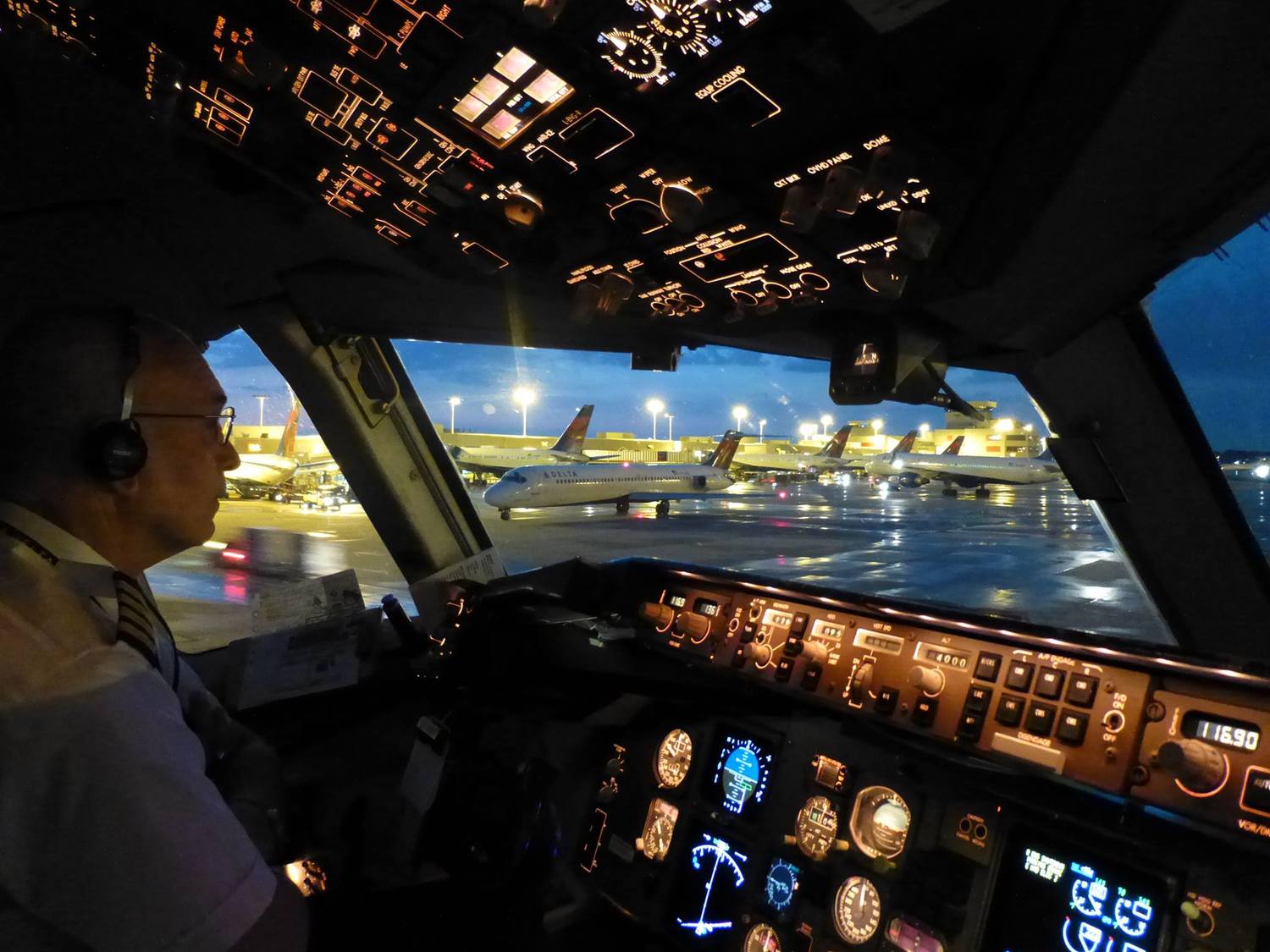Occasionally, some folks will ask me serious questions about writing: topics such as how to develop characters; storyline arcs; plots and subplots, etc. My answer is always the same: I’m the wrong guy to ask, find someone more knowledgeable! During the ten years that I’ve been trying to write believable fiction, the most important lesson I’ve learned is how little I really know about the subject. The late, great Elmore Leonard once opined that it wasn’t until he’d penned about one million words that he felt he’d found his voice as a writer. My two novels (A Golden Weekend and Rotorboys) total barely one hundred fifty thousand words, so by Mr. Leonard’s standards I’ve just scratched the surface.
Nonetheless, here are my own top three rules when attempting to communicate via the written word:
1. Write about what you know. Whether it’s fiction or non-fiction, if your topic is something you understand and are passionate about, the words will probably flow much easier.
2. Have references at hand. Use a good dictionary and thesaurus - hard copy or online, it doesn’t matter. Also, old standards like Strunk and White’s The Element of Style and Warriner’s English Grammar and Composition will prove invaluable when you’re struggling to remember where to place an apostrophe or the difference between the words lie and lay.
3. Get a second set of eyes to read your work. What made sense to you when you wrote it may not translate as clearly to someone else. If you prefer not to hire a professional editor (the going rate is 3-4 dollars/page), then at least have a friend or a relative look over your work before sending it out to the cold, critical public.
Closing thought: Some of my friends choose a designated spot and time of day to do their writing. As an airline pilot, I’ve never had a predictable schedule or set location that I could count on, so I’ve squeezed my writing in whenever/wherever possible. My two novels – and their respective sequels - have been composed at all hours and at locations strung out between Paris and Tokyo. Bottom line is to find a routine that works best for you.
In the coming months I plan to share more thoughts on writing, and also to post excerpts from my next novel, Verbal Orders.
As always, I welcome your comments. Thanks for your interest and be well!



